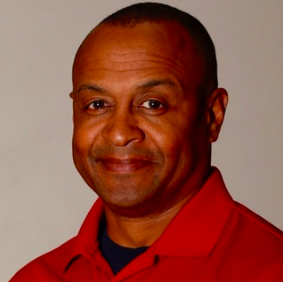 Mass casualties equal mass victims. There never seems to be enough first responders to meet patient needs. While we cannot yet prevent these mass incidents, we can help prepare with the right training and equipment.
Mass casualties equal mass victims. There never seems to be enough first responders to meet patient needs. While we cannot yet prevent these mass incidents, we can help prepare with the right training and equipment.
EMS professionals around the world understand that preparation for violent and complex attacks is imperative. The EMS World Expo in October 2018 in Nashville, TN will address the importance of training for terrorist attacks. Captain Michael Wright, NREMT-P will be conducting a 4-hour course that incorporates the needs of a multi-pronged attack drill for Rescue Task Force, Hazmat tech, and Unified Command. The event allows both EMS and Law Enforcement professionals to train together in conjunction with the Active Shooter Workshop to identify opportunities to improve both provider and patient safety; including the use of specifically designed equipment such as the new Disaster Response MegaMover®.
Experience Helps Improve ResponsesDuring these trainings, Captain Wright demonstrates the needs of portable and flexible patient transport tools, as well as how to use them. The following video provides a demonstration of Captain Wright and the MegaMover® in action.
https://www.facebook.com/SETacmed/videos/986578024818624/
Michael Wright is a working fire captain, community paramedic, and tactical medic in Milwaukee, WI. Currently holding the position of Mobile Integrated Healthcare Coordinator (MIH). His number one priority has been working to implement a Community Paramedic program and revamping the Milwaukee healthcare service delivery model, resulting in a 56% drop in 911 usage across all community demographics.
The Disaster Response MegaMover is Designed for Mass CasualtyIt was, therefore, only natural for us at Graham Medical to reach out to Captain Wright to help us develop improvements to the MegaMover® patient transport unit for application to particular disaster response scenarios. We asked for his input regarding a prototype we had developed and have been pleased to incorporate his ideas.
Realizing that mass casualty situations often involved non-secure areas, it follows that the number of available responders will rarely match the number of victims. Many times, this ratio can be a significant issue. Due to this fact, the number of providers needed to transport a single victim must be kept to a minimum. Although he had used the original MegaMover® for 20 years, Captain Wright realized this device had to the potential to do more -- with a redesign it could help solve the problems caused by the patient to provider ratio -- freeing up additional EMS to treat victims.
"Why carry, when you can safely drag?", he queried. A single provider could drag a patient to an awaiting ambulance or triage with the correct design. Captain Wright helped inspire new features for the Disaster Response MegaMover including:
- Head and foot locators
- 2 new head-based drag straps
- Chest straps with a buckle for patient stability
- Reduced size, but maintaining a 500 lb. weight capacity
- Durable enough for reuse if undamaged
- Multiple handholds to allow for 2-8 carriers when needed
- Ability to carry the victim, but also to drag
Be sure to look for updates on Captain Wright's demonstrations, and inquire with Graham Medical online for more information about the new Disaster Response MegaMover®.


